Thai Hom Mali Rice is a staple of its cuisine. It is grown only once a year growing into a long, slender grain as white as a jasmine flower and with a wonderful natural scent.
Miami, FL – September 2021 – Oriental gastronomy has spread around the world and it has become part of many people’s everyday diet. Even though the most known dishes from the oriental cuisines might come from Chinese and Japanese cultures, many times with Gastronomic variants, the Thai cuisine has also crossed borders and oceans. Its variety of flavors and the many benefits on people’s health are two of the amazing qualities found within the Thai dishes.
For this culture, food is an essential part of any social gathering, and it is often precisely the reason to get together and celebrate. Thais tend to eat slowly, calmly, and enjoy together the pleasures served at the table. Family and friends gather to savor exquisite dishes and share their experiences, plans and dreams over pleasant dinner times.
Thai cuisine is based on four fundamental flavors: sour, salty, spicy, and sweet. At each meal, the inhabitants of this beautiful Asian country and connoisseurs of its gastronomy try to use the four flavors. In fact, a fully satisfying dish is considered to contain all these flavors.
Healthy ingredients such as garlic, peppers, lemon, fresh vegetables, and fruits are commonly used in Thai cuisine. Servings are light, with a balanced content of protein, carbohydrates, vitamins, fiber, and minerals.
Ingredients and the way they are prepared, make Thai food easy to digest.
Among other proven benefits of the dishes and ingredients used, are improving blood circulation, being very nutritious due to providing balanced doses of proteins, carbohydrates, vitamins, fiber, and minerals. Thai food also makes abundant use of fish and rice, as in other culinary cultures of the Far East. It provides tons of antioxidants into our diet, due to the large number of fresh vegetables in its dishes. It is anti-inflammatory, and helps relieve arthritis, control certain allergies, and strengthen our immune system conditions.
Rice is the king in Thai cuisine. It is part of almost every dish, and it is treated with respect. Thais take advantage of all properties of rice, and it is never wasted. Many varieties of rice are grown in Thailand, Jasmine rice being the most desired, but also pricy. In consequence plain white rice is used more, and anyway it is healthy and delicious.
Cooks pay great attention to the quality of rice and have many techniques to prepare it. They are very careful with using the correct cooking temperature, amount of water, and time to cook rice perfectly.
Noodles are also used frequently in Thai cuisine, but not as often as rice. The Thai Government has been featuring its Thai Hom Mali Rice for decades. It is grown only once a year growing into a long, slender grain as white as a jasmine flower and with a wonderful natural scent.
Thai Hom Mali Rice Certification Mark is a quality mark of Thailand’s Department of Foreign Trade, Ministry of Commerce. It is registered with the Intellectual Property Department, to show that this rice variety originated from Thailand and its quality meets the superior standards defined by the Ministry of Commerce. Operators who meet the qualification required and allowed to use this certification mark are manufacturers, millers, distributors and exporters. This certification mark is issued for a period of three years.
Food presentation is also very important. Chefs are very demanding with the details and the appearance of the food they serve. In addition to taste, in Thai culinary culture food must be visually appealing. Dishes are often decorated with carvings of vegetables, fruits, and flowers, and therefore, cooks are trained in the art of carving. Thai gastronomy is closely linked to aesthetics.
The origin of Thai cuisine dates to ancient history. Back in the 13th century, the foundations of the modern gastronomy already existed: evidence of various types of meat, fish, and shellfish, combined with rice, vegetables, fine herbs, and ingredients such as garlic and pepper has been found at archaeological sites. Soon after, the Chinese introduced noodles in the Thai cuisine.
India has also had a notable influence on Thai cuisine, with its spices and strong flavors. Thais have adapted them to their taste with local ingredients.
The gastronomy of this Southeast Asian country also gathers influences from neighbors such as Vietnam, Laos, Cambodia, Indonesia, Burma, and Malaysia. All these diverse influences have combined to create the delicious and sophisticated flavors of today’s Thai cuisine, one of the most popular around the world.
Learn more at http://www.thinkricethinkthailand.com/

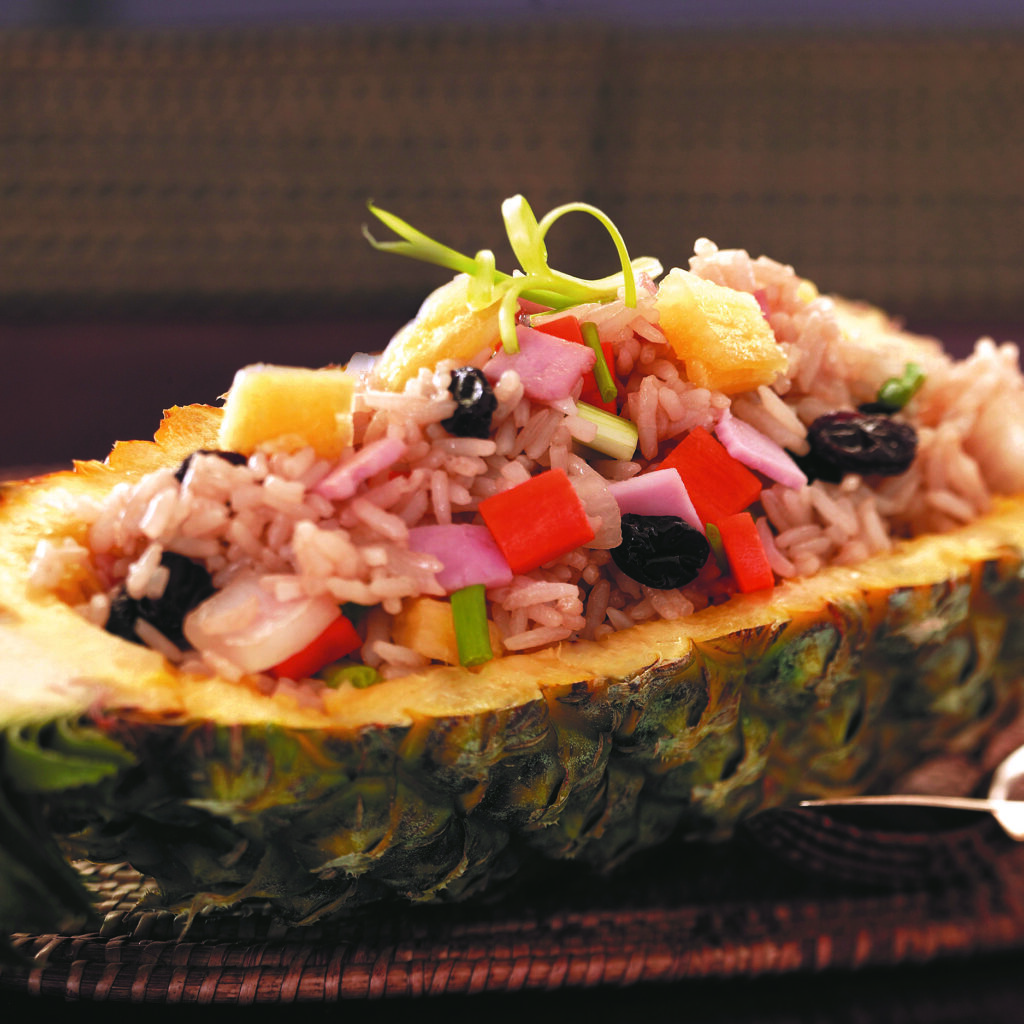
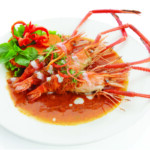
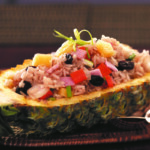
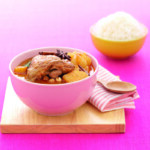
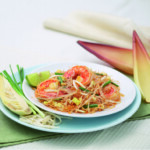
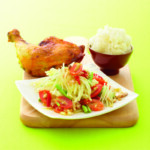
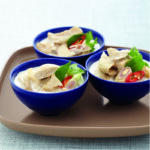

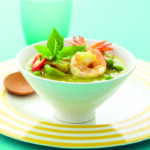

 Contact Us
Contact Us